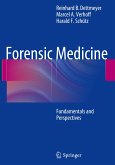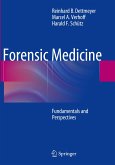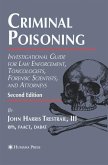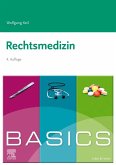Contains thorough explanations and descriptions
Offers clear informative diagrams and photographs
Aimed at pathologists in training, medical students, and mortuary technicians
Thoroughly revised 2nd edition includes the most recent guidance to an accurate mortem diagnosis from the Royal College of Pathologists and from the College of American Pathologists
Offers clear informative diagrams and photographs
Aimed at pathologists in training, medical students, and mortuary technicians
Thoroughly revised 2nd edition includes the most recent guidance to an accurate mortem diagnosis from the Royal College of Pathologists and from the College of American Pathologists
From reviews of the 1st edition:
This is a practical benchtop manual, which is comprehensive and fills a gap in the market. It is recommended, especially as an introductory handbook for trainees in anatomical pathology. (Clinical, Anatomical, Experimental Pathology 2002:34;204.)
The textbook should be available n each institute of pathology which is still performing autopsies, especially when young colleagues are to be trained in this technique. (Electronic Journal of Pathology and Histopathology 19-03-01.)
This is a practical benchtop manual, which is comprehensive and fills a gap in the market. It is recommended, especially as an introductory handbook for trainees in anatomical pathology. (Clinical, Anatomical, Experimental Pathology 2002:34;204.)
The textbook should be available n each institute of pathology which is still performing autopsies, especially when young colleagues are to be trained in this technique. (Electronic Journal of Pathology and Histopathology 19-03-01.)
Aus den Rezensionen zur 2. Auflage: "Die vorliegende zweite Ausgabe, die völlig überarbeitet wurde, stellt mit zahlreichen Fotografien ... und einfachen ... Zeichnungen den guten Standard von Sektionstechniken dar. ... Das Englisch ist leicht verständlich und das Buch regt an vielen Stellen dazu an, auch einmal etwas Neues auszuprobieren. Das Buch ist sehr empfehlenswert für Jungassistenten, die sich auf die Arbeit im Sektionssaal vorbereiten wollen. Gleichzeitig macht es viel Spaß, in dem Buch zu blättern, wenn man bereits jahrelange Erfahrungen in der Sektions- und Präparationsarbeit hat." (M.A. Rothschild, in: Der Pathologe, 2006, Vol. 27, Issue 1, S. 12)








